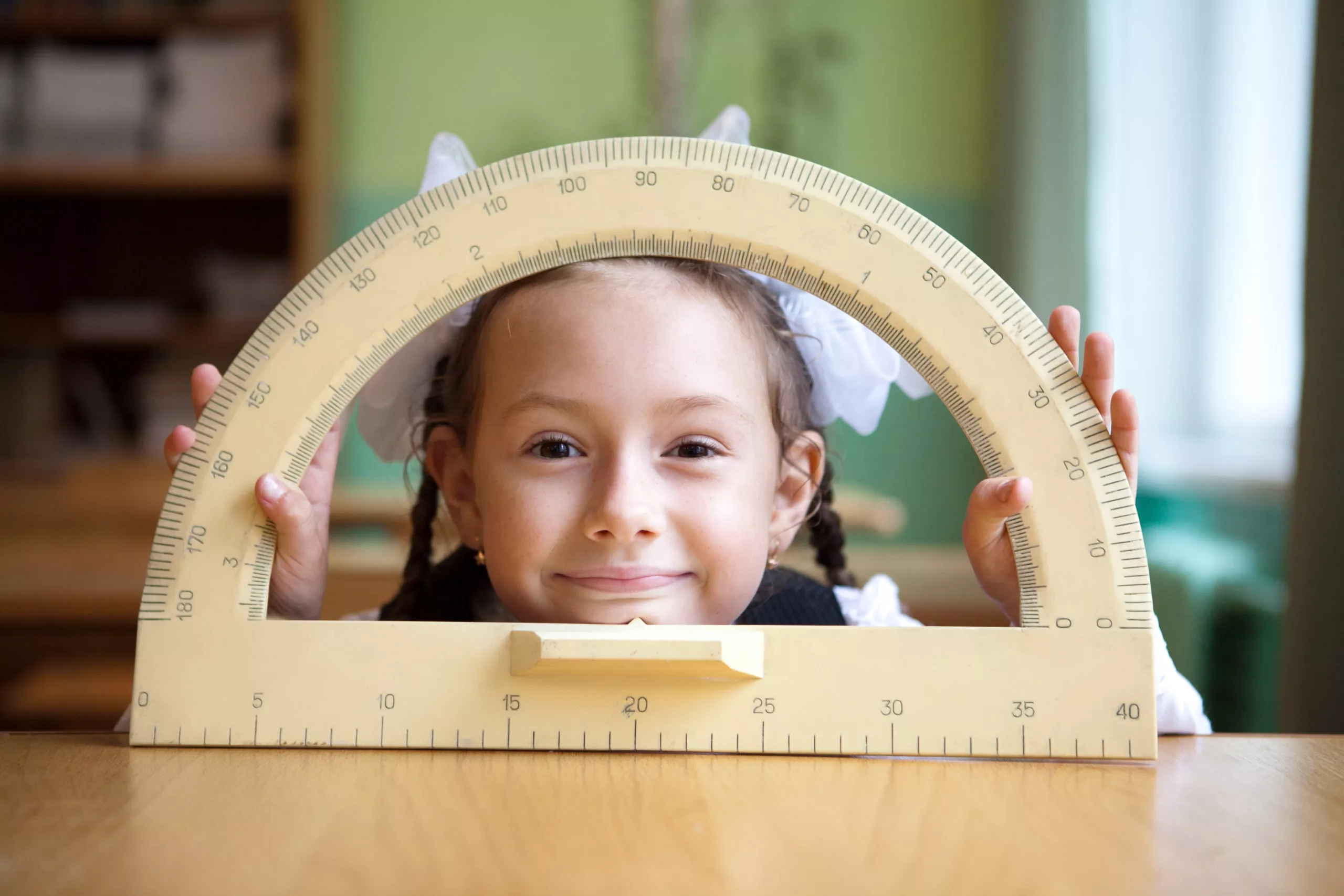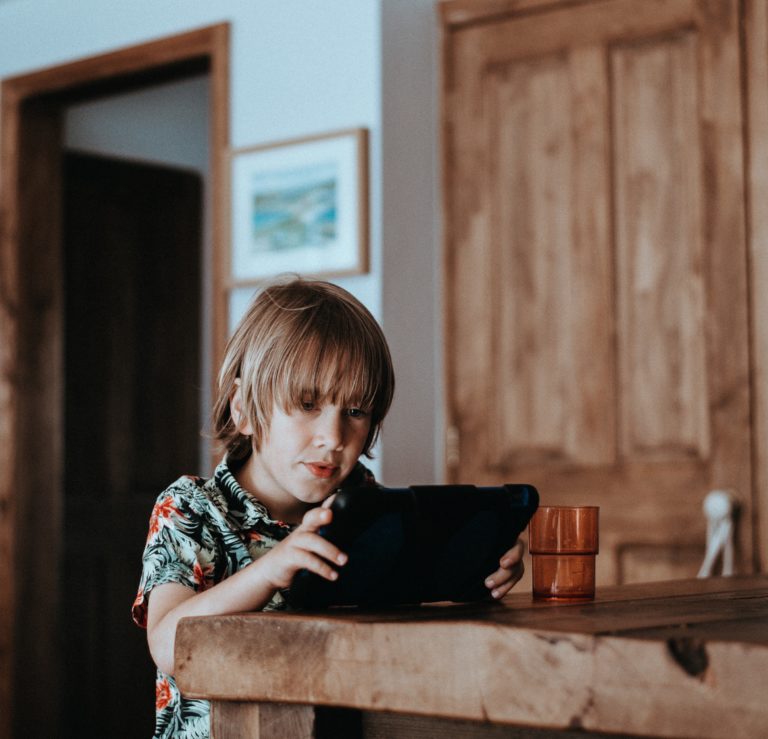
“So, my kid needs glasses, no big deal.”
“It’s just nearsightedness.”
It’s not surprising that myopia, or nearsightedness, is often seen as a normal part of life as one in four parents have a myopic child.1 It’s common for parents to respond to the growing threat of myopia with statements like, “My child needs glasses, no big deal.” Yet, myopia increases the risk of serious, sight-threatening complications. As Dr. Kate Gifford, a clinical optometrist, researcher, and professional leader, says, “myopia isn’t just a blurry vision thing.” Myopia has been shown to be an independent risk factor for glaucoma, cataracts, and retinal detachment.2

The long-term risk factors may seem like issues later in life that we don’t have to worry about today but protecting your child’s vision is vital during their school-age years.3 If their eyes grow irregularly, as they do with myopia, these issues become more of a risk.
A diopter is the unit used to measure the correction, or focusing power, of the lens your eye requires. A one diopter increase in myopia raises the likelihood of developing myopic macular degeneration by 67%.4 Whereas a one diopter decrease in myopia reduces the likelihood of developing myopic macular degeneration, or loss of vision, by 40%.5
“It might seem, on the face of it, to just be another annoying vision problem needing glasses. But myopia isn’t just a blurry vision thing.” – Dr. Kate Gifford, clinical optometrist, researcher, peer educator, and professional leader
“Classically, we haven’t thought of myopia as a disease, but, based on the latest science, we should.” – Thomas Aller, O.D.
Conventional glasses, otherwise known as single vision glasses, correct vision but they do not slow down the progression of myopia6 or address the underlying issue that the eye is growing too long.7 So, what can we do? We can look to myopia management.
What is myopia management?
Myopia management is a process in which an eye care professional:8
- Identifies risk factors for myopia and high myopia
- Provides information, advice and recommendations to children, parents and other stakeholders
- Prescribes appropriate interventions to slow myopia progression and reduce the risk of developing high myopia
- Is proactive in taking and recommending steps
In addition to taking and recommending steps, an eye care professional will track the progression of myopia after they diagnose your child.
Why is myopia management important?
As Dr. Gifford explains, “The point of myopia control (the area of scientific research) and myopia management (putting it into clinical practice) is to keep myopia as low as possible, as this reduces the lifelong risk of potentially blinding eye diseases.”
Eye care professionals may prescribe treatments in order to help slow the progression of myopia. Some of the options include:
- Orthokeratology (Ortho-K): hard contacts that are worn overnight to reshape the eye (not FDA approved).
- Contact lenses: specialized multifocal daytime lenses.
- Other pharmacologic interventions are in development but are not yet FDA approved.
“Myopia management involves strategies proven to slow down the worsening of myopia,” Dr. Gifford says. “We no longer have to sit by and watch our kid’s vision get worse and worse every year…now we can offer solutions to try and change this path.”
How can you get myopia management for your child?
An eye care professional can help determine if your child has myopia and discuss the next steps. It’s important not to rely on vision screenings, like those that children may get at school, as vision screenings provide less than 4% of the information generated during a comprehensive eye exam and miss up to 75% of children with vision problems.9 [Read: My child had a vision screening at school. Do they still need a comprehensive eye exam?]
There is a 25% chance that a child will develop myopia if one parent is myopic. That number jumps to 50% if both parents are myopic.10 Parents who have myopia themselves should be especially interested in finding an eye care professional who specializes in myopia management.
If you’re unsure of when your child should get their first exam, this article can help you decide. When you schedule your child’s eye exam, it’s helpful to be prepared with a list of questions, here are seven questions that you can print and take with you.
Tags: nearsightedness, eye exam, myopia in children, blurry vision, glasses

